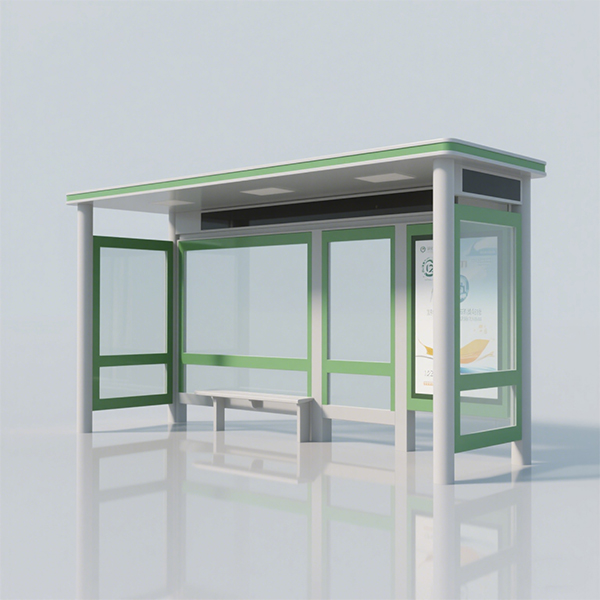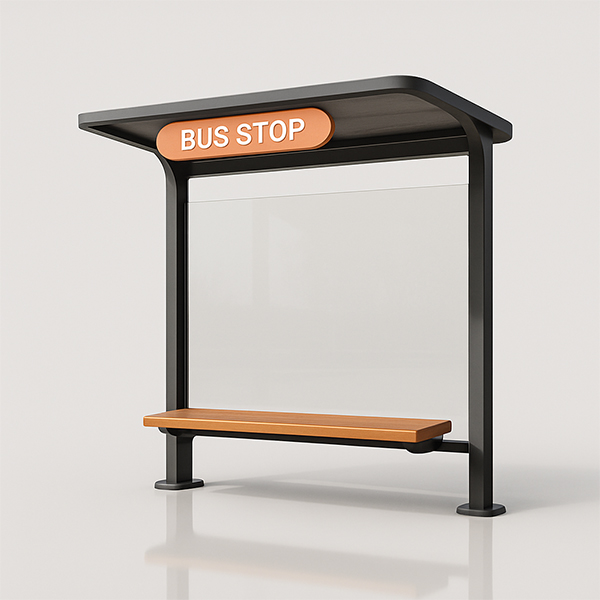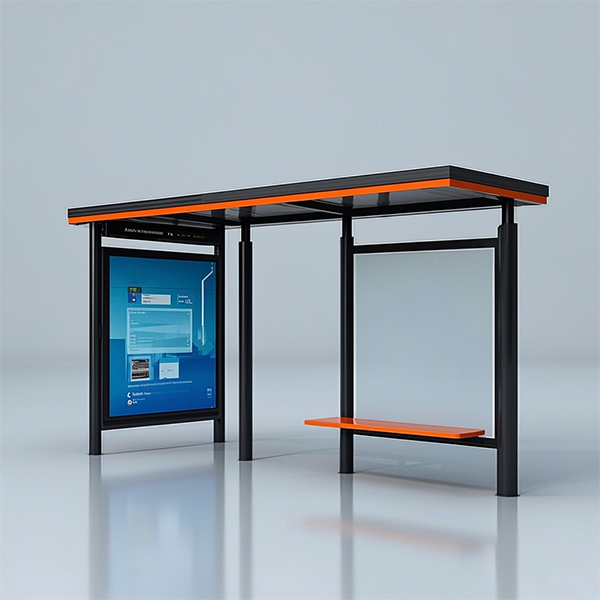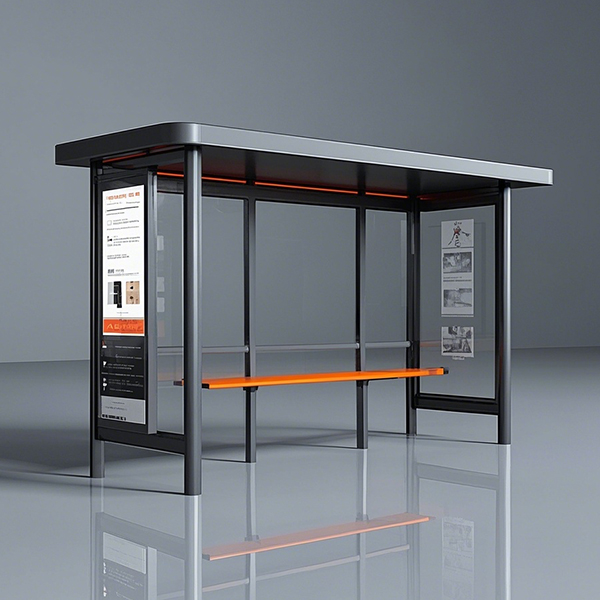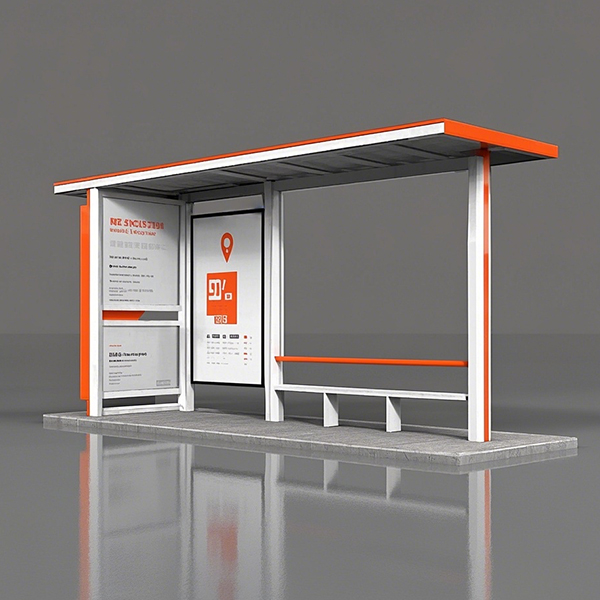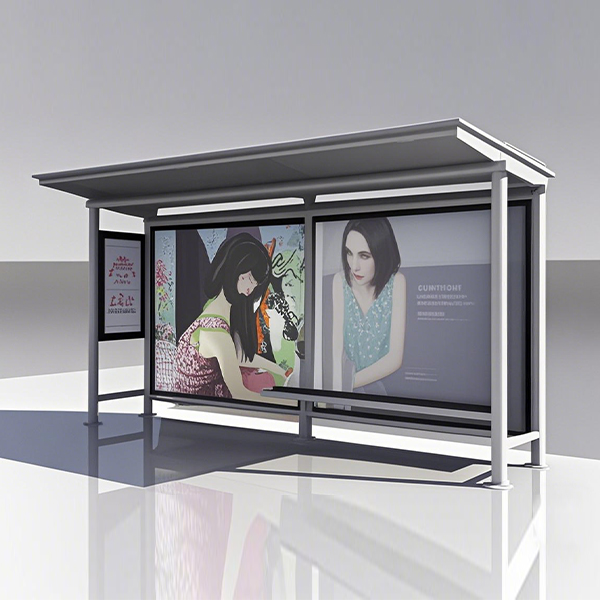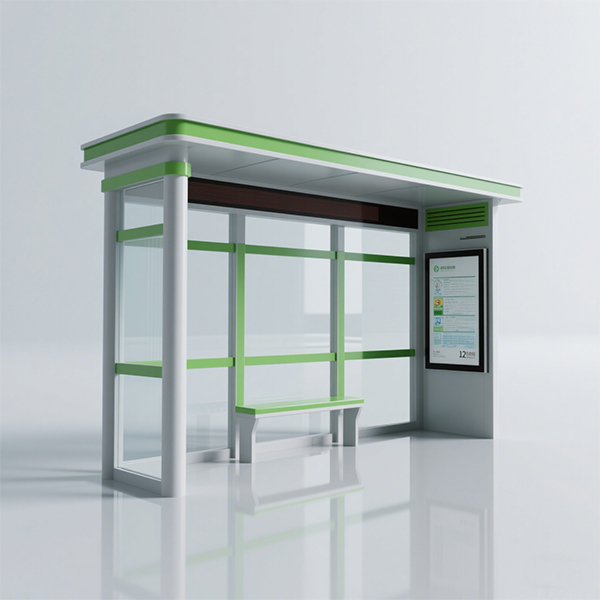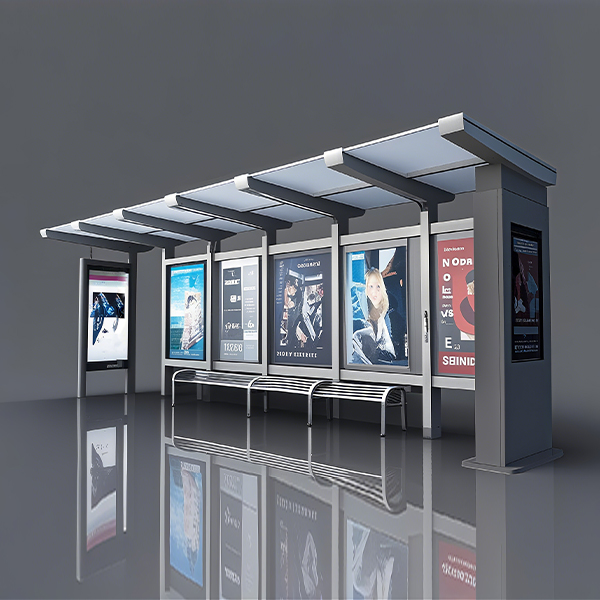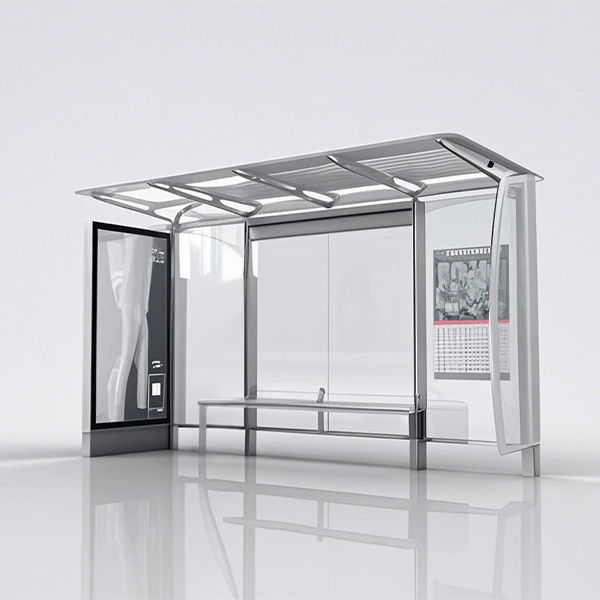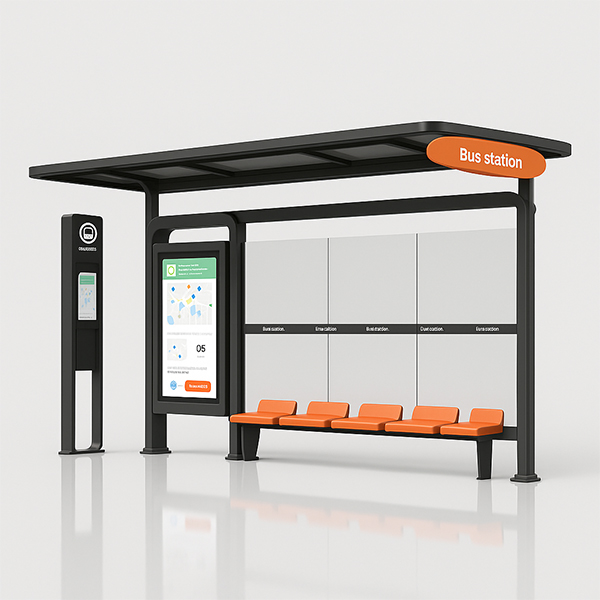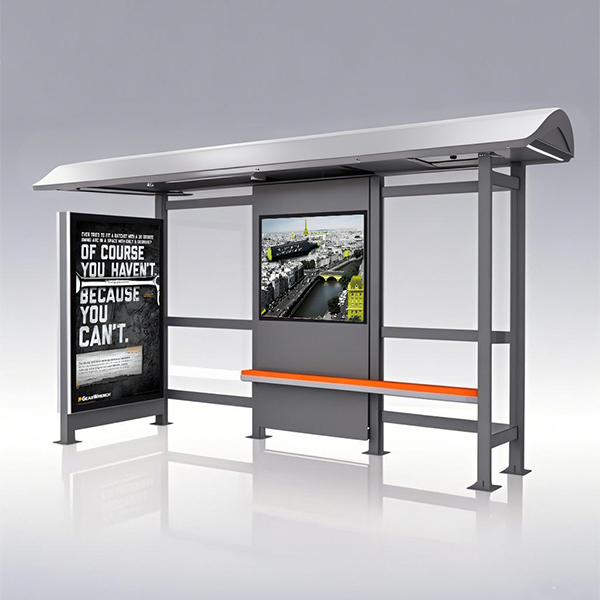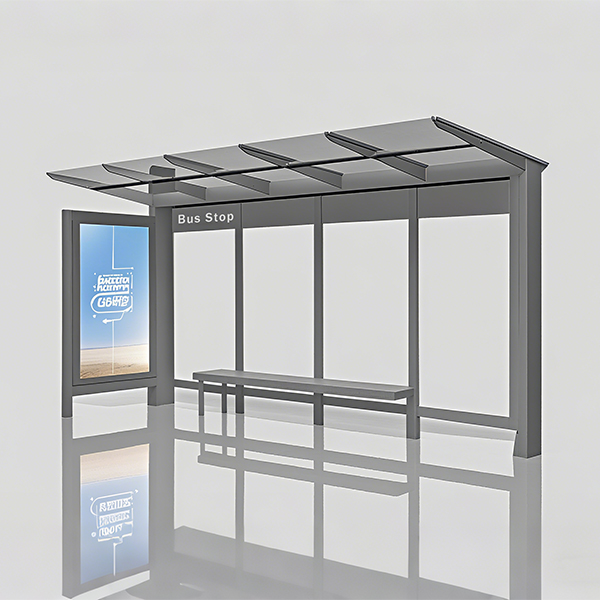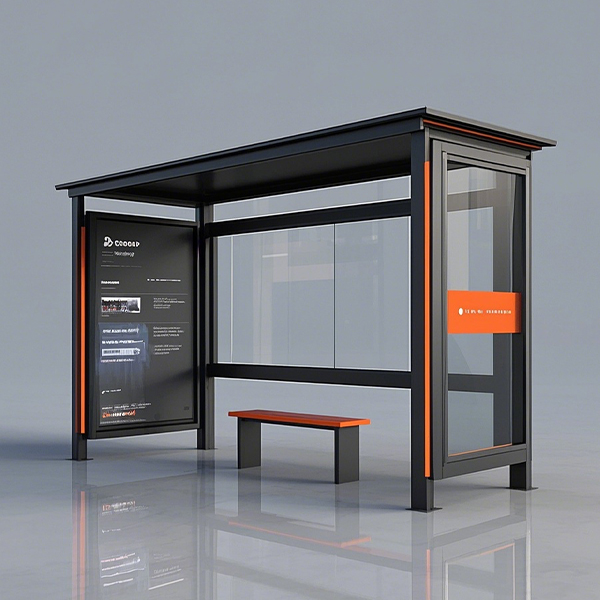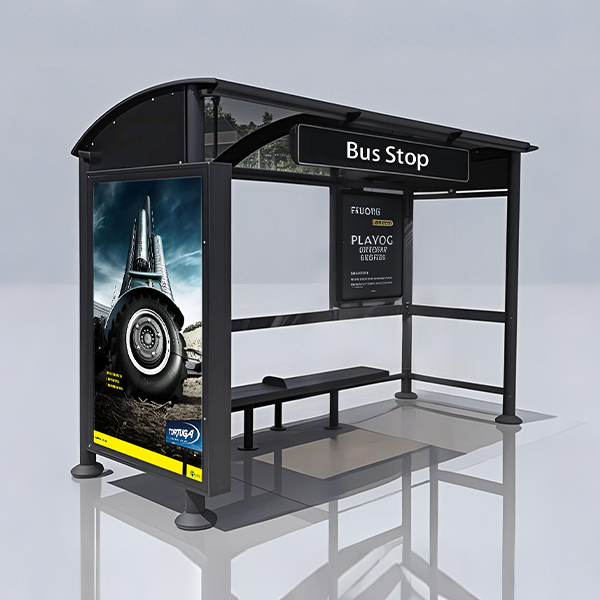
Bus Shelter Installation
Planning a bus shelter installation project? This guide covers everything from initial planning and permit acquisition to installation and ongoing maintenance, ensuring a safe and functional shelter for your community. We'll explore various shelter types, materials, and best practices for a successful project.
Planning Your Bus Shelter Installation
Site Assessment and Planning
Before beginning any bus shelter installation, a thorough site assessment is crucial. Consider factors such as pedestrian traffic, visibility, accessibility for people with disabilities (ADA compliance), and proximity to existing infrastructure. Accurate measurements are vital for selecting the appropriate shelter size and design. This stage also involves determining the best location for the shelter based on ridership and safety concerns. Consult local planning regulations to ensure your chosen location meets all requirements. Detailed site plans will help streamline the bus shelter installation process significantly.
Choosing the Right Bus Shelter
The selection of your bus shelter is paramount. Several factors influence this decision, including budget, aesthetic preferences, material durability, and required features. Consider these options:
- Material: Aluminum, steel, and composite materials each offer unique advantages in terms of durability, maintenance, and cost. Aluminum shelters are lightweight and corrosion-resistant, while steel shelters offer greater strength. Composite materials can provide a balance of both.
- Size and Design: Shelter size depends on the expected ridership and available space. Designs vary from simple, open shelters to more elaborate structures with seating, lighting, and advertising panels. Consider incorporating features like solar-powered lighting and USB charging ports to enhance passenger experience.
- Accessibility: Ensure the shelter complies with ADA guidelines for accessibility, including ramps, handrails, and clear pathways.
Obtaining Necessary Permits and Approvals
Navigating local regulations is crucial. Contact your city's planning and transportation departments to understand the permitting process for bus shelter installation. This may involve submitting detailed plans, undergoing environmental impact assessments, and securing approvals from relevant stakeholders. Delays can be avoided by proactively addressing the regulatory requirements early in the planning phase.
Bus Shelter Installation Process
Foundation Preparation
A strong foundation is essential for a stable and long-lasting bus shelter. This may involve concrete footings, ground anchors, or other methods depending on the soil conditions and shelter design. Proper foundation work minimizes the risk of settling and damage over time. Ensure the foundation is level and meets the requirements of the shelter manufacturer's installation instructions.
Shelter Assembly and Installation
The actual bus shelter installation should be undertaken by qualified professionals. Following the manufacturer's instructions meticulously is crucial. This often involves assembling prefabricated components, securing them to the foundation, and ensuring proper alignment and stability. Using appropriate tools and techniques is vital to prevent damage during the installation process.
Final Inspections and Connections
Once installed, a final inspection is vital to verify that the bus shelter meets all safety and accessibility standards. This includes checking for structural integrity, proper lighting and electrical connections (if applicable), and the overall functionality of the shelter. Addressing any issues promptly ensures the safety and usability of the new shelter.
Ongoing Maintenance of Your Bus Shelter
Regular maintenance prolongs the lifespan of your bus shelter and ensures passenger safety. This includes cleaning, routine inspections for damage, and prompt repairs as needed. A maintenance schedule will help keep your shelter in top condition. Consider preventive measures such as applying protective coatings to prevent corrosion.
Choosing a Reliable Bus Shelter Supplier
Selecting a reputable supplier is crucial for a successful project. Look for companies with experience in designing, manufacturing, and installing high-quality bus shelters. A reliable supplier will provide excellent customer service, technical support, and warranties. Shandong Luyi Public Facilities Co., Ltd. is a leading provider of high-quality public facilities, including bus shelters, known for its commitment to excellence and innovation.
Remember, proper planning and execution are key to successful bus shelter installation. By following these steps, you can ensure your project runs smoothly and results in a safe, functional, and aesthetically pleasing shelter for your community.
Соответствующая продукция
Соответствующая продукция








